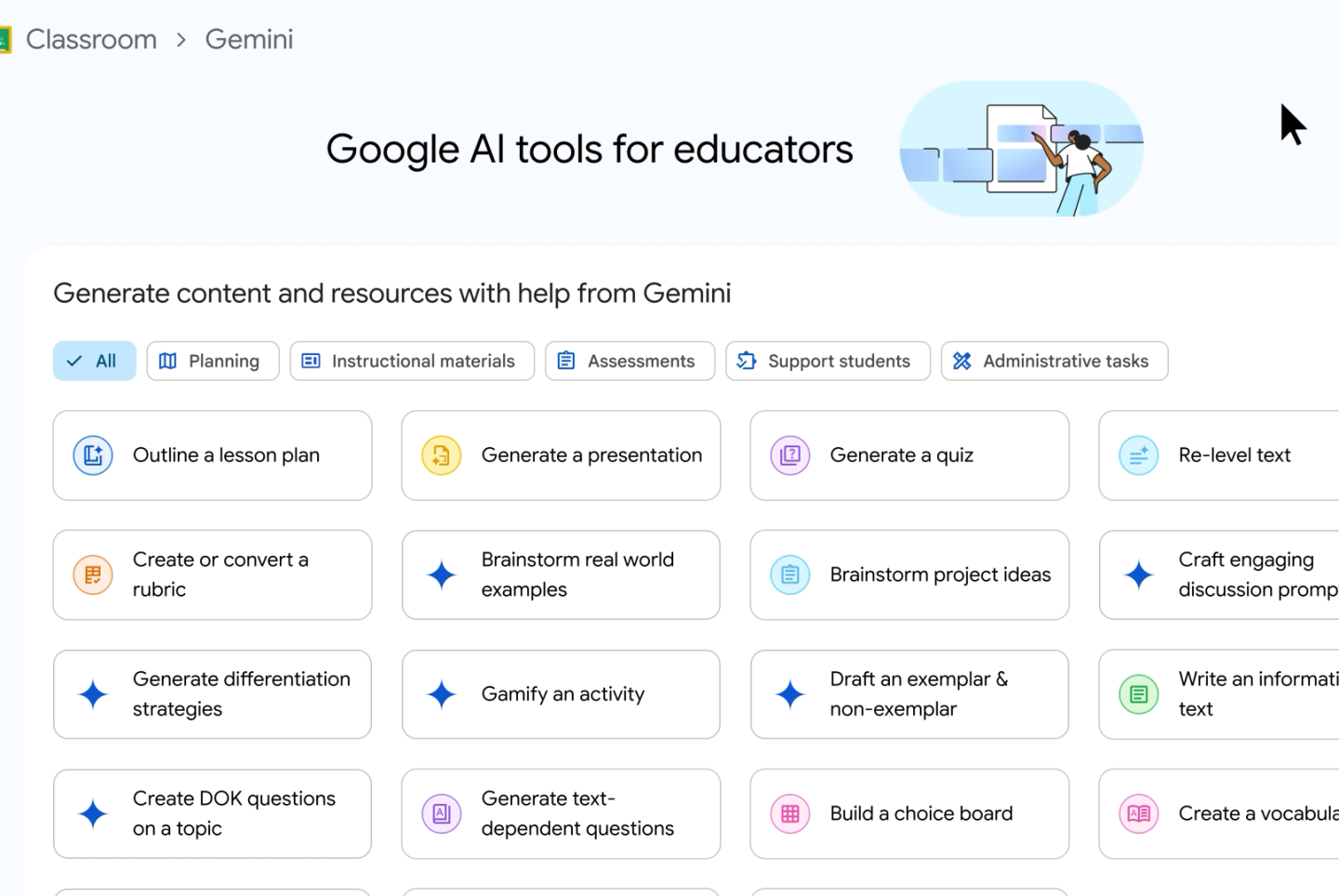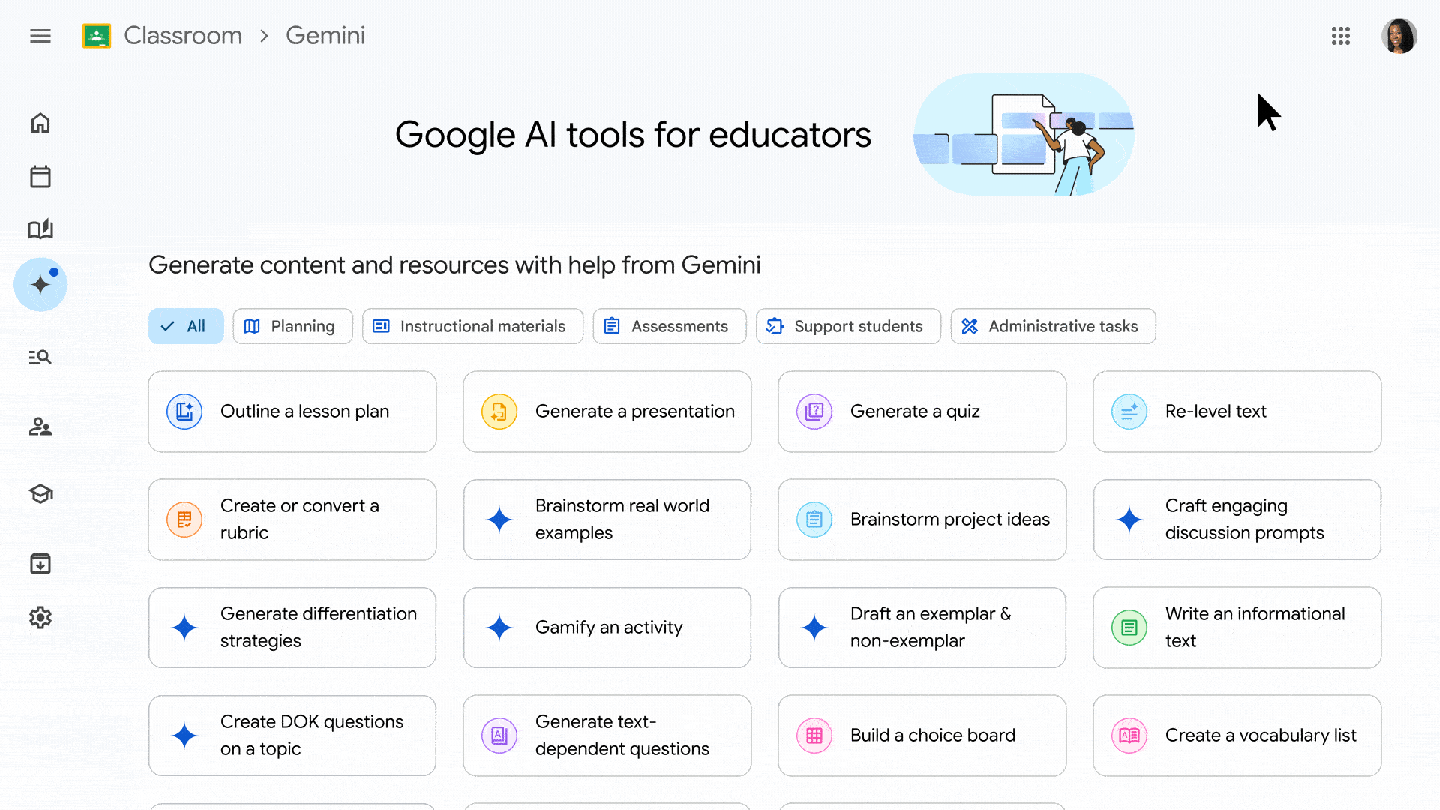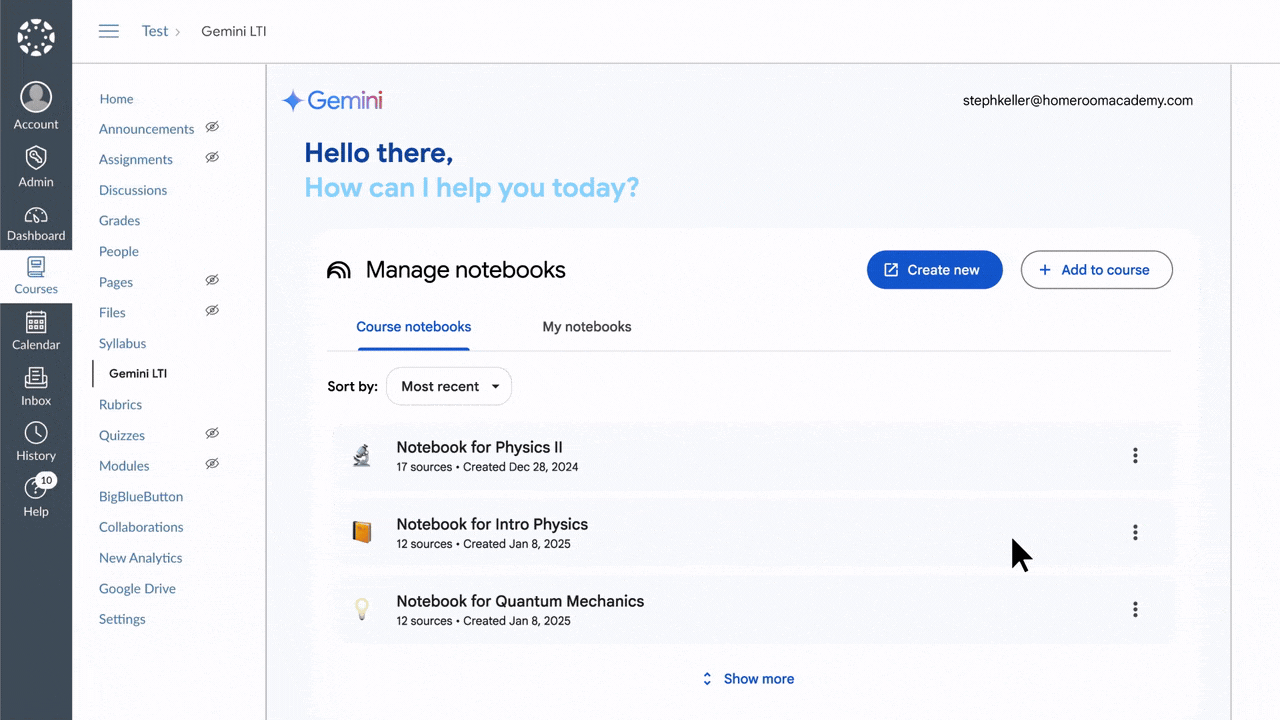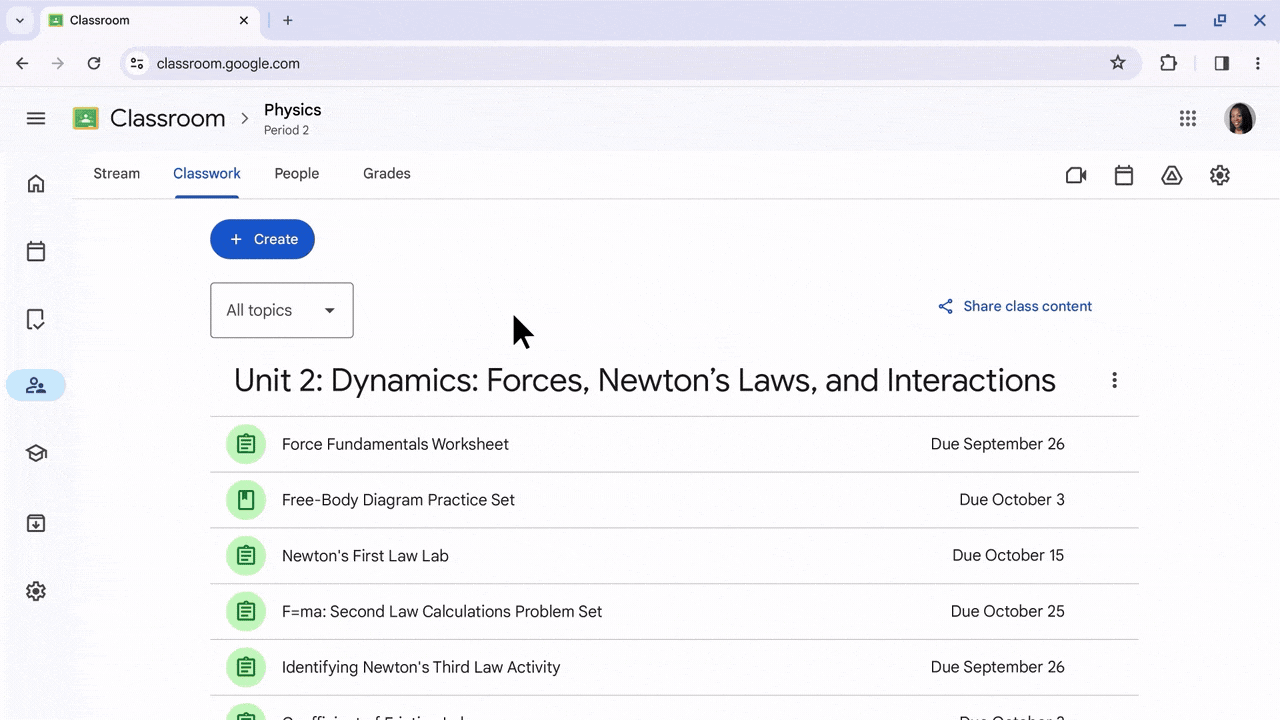NotebookLM Is Coming to Under-18s — But Not Without Important Limits
If you’ve been following the rise of AI in education, you’ve probably heard about Google’s NotebookLM — an AI-powered research and note-taking tool that’s been making waves for how it can help students organise information, create study guides, and dive deeper into learning materials.
Now, Google has announced that NotebookLM will soon be available to users under 18. This is exciting news, especially for students, parents, and educators eager to tap into AI’s potential to transform study habits and classroom experiences. But there’s a catch: access for under-18s comes with important restrictions that mean it won’t be a free-for-all anytime soon.
 ---
---
What’s Changing?
Until now, NotebookLM was only open to adults and enterprise users, limiting its reach to students who are 18 and older or those using workplace accounts. In the coming months, Google will roll out NotebookLM access for under-18s, but only through Google Workspace for Education accounts — in other words, school-managed accounts.
This means:
- Students must use their school or college Google Workspace account to access NotebookLM.
- Using a personal Gmail or Google account outside of education will remain blocked for anyone under 18.
- If a student under 18 tries to access NotebookLM with a personal account, Google will prompt them to verify their age, and failure to meet the requirements may result in account suspension or data loss.
- Schools can create Google Workspace accounts for students aged 13 and up with parental consent, but exact access depends on school policies and settings.

Why Does This Matter?
This cautious approach reflects the realities of giving powerful AI tools to younger users. NotebookLM can be transformative — imagine a student navigating GCSEs or A-levels, using AI to summarise notes, generate study podcasts, or organise research effortlessly. It’s the kind of help that could lift students from overwhelmed to empowered.
But AI also carries risks: privacy concerns, potential misinformation, and the need to ensure content is age-appropriate and responsibly moderated. Opening NotebookLM only through school-managed accounts means educators and parents have a degree of control and oversight, with safety features built in.
For example, Google is introducing stricter content policies and a youth-focused onboarding experience to help young learners use AI responsibly and safely.
A Personal Perspective
I’ve personally set up an account for my child, even using a selfie to prove I’m over 18 so they could get access to this fantastic tool. As an educator and subject matter expert in Generative AI, I can’t understand why this isn’t available to students out of the box.
Using an AI tool grounded in knowledge I’ve provided feels like having a personal one-on-one tutor. I truly believe this is a glimpse of what the future of education looks like. If anyone doubts its value, I’d be happy to demo it and show how powerful and practical this technology is for learning.
We can only hope it becomes accessible to all young people soon.

Closer, But Not Quite There Yet
If I’m honest, I’m excited about this move. If I’d had access to a tool like NotebookLM during my school days, it would have helped me study smarter and save hours of frustrating note-sifting and rewriting. But it’s clear this rollout isn’t about giving unrestricted AI access to kids — it’s about balancing opportunity with caution.
For families, this means the availability of NotebookLM depends heavily on your child’s school. If their institution uses Google Workspace for Education and enables NotebookLM, you might soon see your child benefiting from these AI study aids. But outside of school, personal accounts won’t grant access anytime soon.
What Should Parents, Educators, and Students Do?
- Parents: Check if your child’s school offers Google Workspace for Education and plans to enable NotebookLM. Ask about their policies around AI use and student privacy to understand what safeguards are in place.
- Educators and Schools: Consider joining pilot programs or early adoption efforts to evaluate NotebookLM’s impact. Training on AI ethics and responsible use will be essential for both staff and students.
- Students: If you have access, experiment with NotebookLM as a study companion, but remember it’s a tool to support your learning — not a shortcut or replacement for critical thinking.

Looking Ahead
Google’s decision to open NotebookLM to under-18s via education accounts is a thoughtful step forward in integrating AI into learning. It shows progress, but also restraint — recognising that AI’s benefits in education come with responsibilities.
We’re definitely moving closer to a future where AI tools are a standard part of a student’s toolkit, helping them learn in deeper, more personalised ways. But as with all technology in education, it needs to be handled thoughtfully — ensuring safety, privacy, and that human guidance remains at the core.
If you’re an educator or parent, this is a good moment to start conversations about how AI fits into your learning environment and what role it should play in your child’s education.